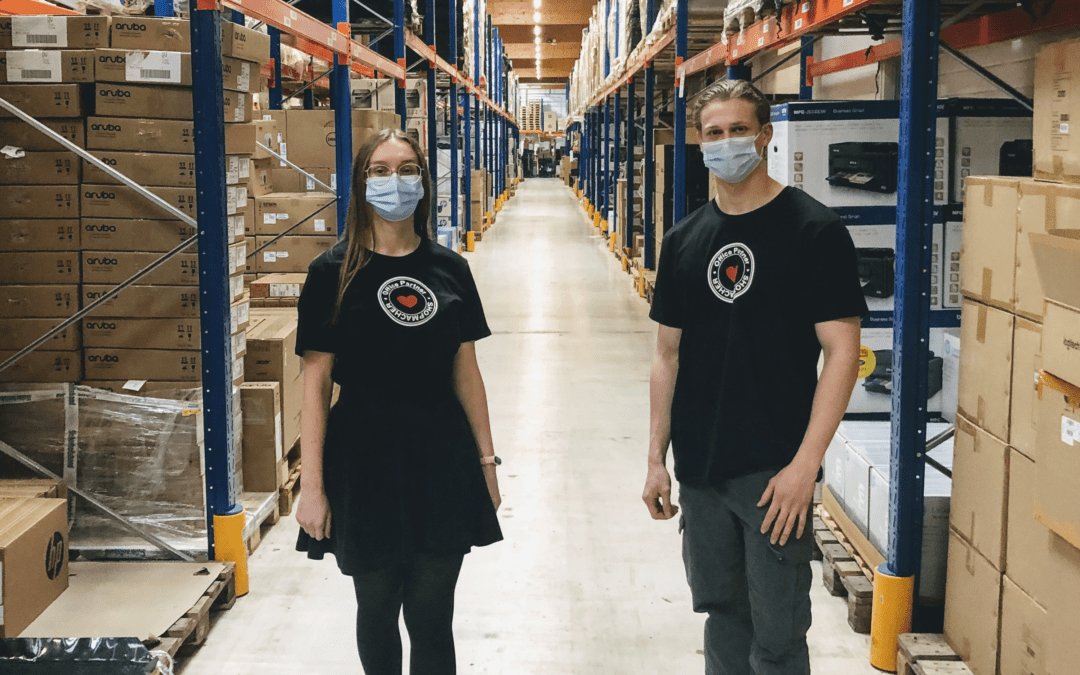5 ways that online retailers are guaranteed to drive their web shop to the wall
Frontend hui, backend ugh: Most online retailers polish the frontends of their online shops to a high gloss, while the backend is neglected. Sooner or later you will inevitably encounter growth problems. We name the five most important points to pay attention to.

Why is every update so expensive? Why is my shop so slow? Do I have to change my shop system now or will it continue for the next two years? At some point, most online retailers reach the point where the further development of their shop raises questions. As a rule, the usability in the front end is not a problem. It’s the system landscape that causes problems.
As the savior of deadlocked e-commerce projects, André Roitzsch, managing director of the SHOPMACHER agency, knows where the most pitfalls lurk in a health check in the backend:
1. Oversized plug-ins can make every update a money hog
Many online retailers are surprised that their agencies charge high prices for every update, no matter how small. The analysis by the SHOPMACHER shows that the culprit is often overly complex plug-ins, which were used to implement all of the retailer’s special customizations. “This method is often used when the schedule is tight in the set-up phase and the budget threatens to get out of hand,” says SHOPMACHER Managing Director André Roitzsch. But if the first software update is necessary, online retailers would have to pay dearly for the savings they made in the early days and would eventually find themselves in a shop system that can no longer be updated at all.
2. Oversized customization destroys the benefits of standard software
If online retailers ask themselves whether their shop software is even future-proof, it is worth taking a look at the source code. It is not uncommon for standard software such as Shopware or Magento to have been customized to such an extent that there is not much left of the original software. “Then you no longer have the benefit that standard software offers and you should consider whether it would be better to develop individually or with a modular system,” says Roitzsch.
3. Oversized server capacities indicate performance problems
4. Wrong prioritization of content and commerce creates high complexity
Companies that rely heavily on content are faced with the question of whether they are using a shop system such as Shopware, which can also be used for good content management, or whether they are using a content management system and docking shop functions to it. In many projects in which the CMS is the leading system, so many shop functions are integrated over time that one has to ask oneself whether prioritization still makes sense or whether it is better to change the system as quickly as possible.
5. Poor deployment strategies make the shop a nail-biter
During the deployment process, many online shop solutions sometimes fall far short of the required standard for enterprise e-commerce systems. This not only offers entry points for hacker attacks, but also enormous risks when changing the shop design. “If I have to manually test the entire shop every time so that a change in the front end doesn’t destroy the checkout or the payment, or after going live there are no roll-back options that restore the shop to its previous state at the push of a button, every change in the shop becomes a nail-biter,” warns Roitzsch.
The creeping technical neglect has been ignored or underestimated by retailers for a long time, sums up the SHOPMACHER CEO. Sometimes the traders are not even aware of the powder keg they are sitting on. But clean backend processes are just as important as a proper look & feel in the frontend. Only in interaction can online trade be operated in such a way that it is equally fun for retailers and customers.
ALSO INTERESTING

The most important ShopTech requirements 2023
The vendor market for commerce solutions is on the move. Experts see a move toward composable commerce and cloud-based solutions. What should a future-proof commerce system look like? Manuel Ludvigsen-Diekmann, CTO of SHOPMACHER, joins two other commerce experts to talk about the most important ShopTech requirements for 2023.

Ecommerce white paper
Have you launched a new e-commerce instance? Congratulations! Now it really starts – how do we tell you in the whitepaper!

Exclusive Shopmacher team at the office partners
For more than 20 years, the office partners from Gescher in Münsterland have developed into an internationally renowned player in the field of office technology. With around 130 employees, the office partners provide their customers with office technology: printers,...